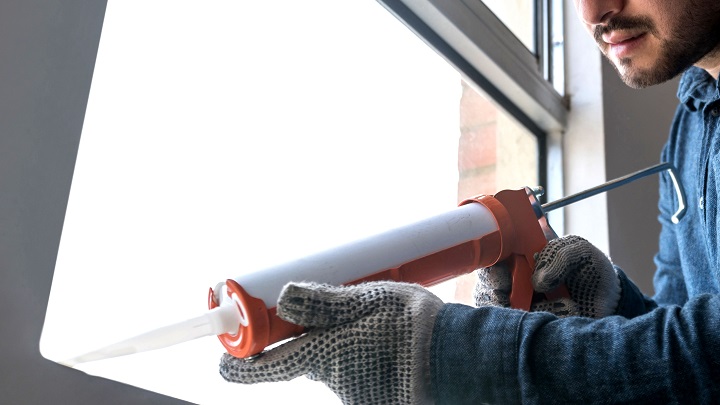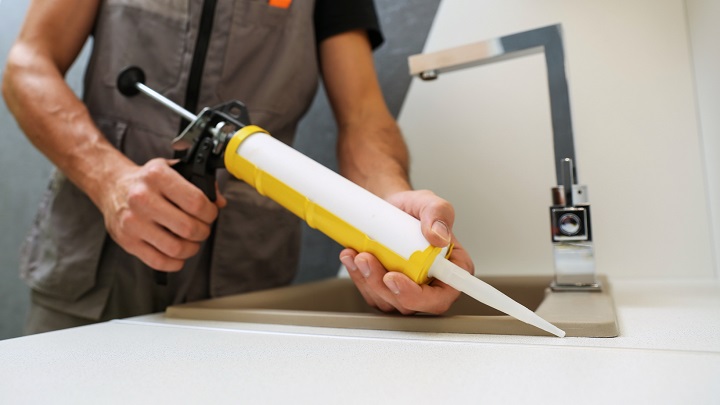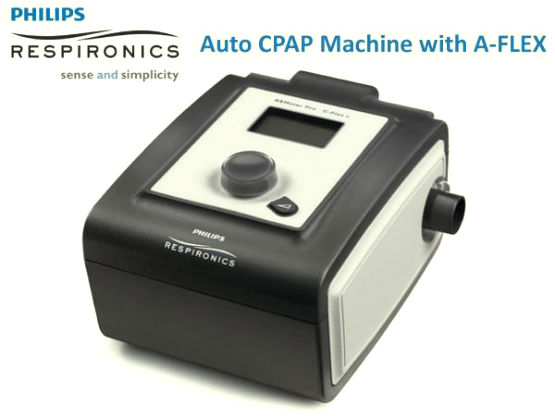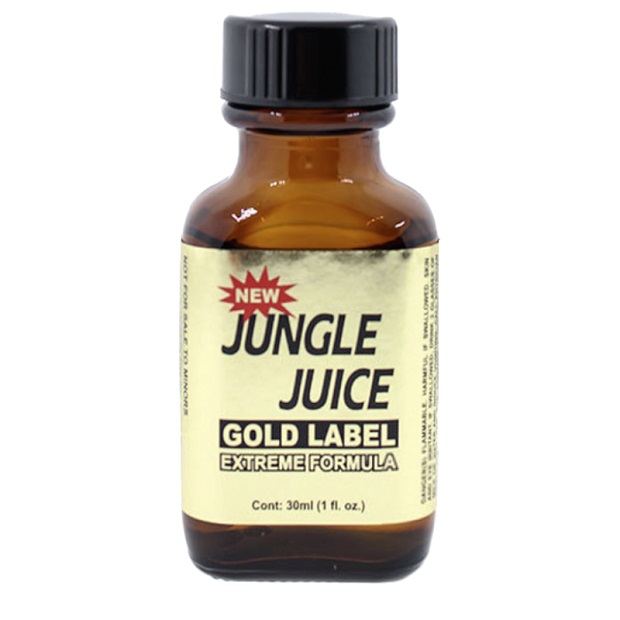Silicone Sealants: Types, Applications and Common Questions
Handymen, construction companies and homeowners have one favoured option when it comes to achieving a quick, strong, watertight and durable seal – silicone. Silicone sealants are versatile materials widely used in construction, automotive, and household applications. They are prised for their flexibility, durability, and resistance to various environmental factors such as moisture, temperature, and UV radiation.
Different Types with Different Applications

These gel-like adhesives create strong bonds between virtually any material. However, there are different high-performance silicone sealant types, each tailored to specific applications and conditions.
Acetoxy Cure
The acetoxy cure sealants are the most common type and are characterised by their strong vinegar-like smell during curing. They cure quickly by reacting with moisture in the air, releasing acetic acid. These sealants are commonly used in kitchens, bathrooms, and other wet areas. They are ideal for non-porous surfaces like glass, ceramics, and aluminium. However, they may not adhere well to porous materials such as concrete or stone. Their pros include fast curing, excellent adhesion to non-porous surfaces, and good resistance to UV and ozone. On the con side, they show limited adhesion to porous surfaces, strong odour during curing, and potential for corrosion on certain metals.
Neutral Cure
Neutral cure sealants release alcohol or another neutral substance upon curing, which results in a less pungent odour. They are more versatile compared to acetoxy sealants. These sealants are ideal for both porous and non-porous surfaces, including concrete, brick, and metals that may be sensitive to corrosion, such as copper and brass. They are also suitable for use with plastics and polycarbonate materials. They offer versatile adhesion, low odour during curing, and are better for sensitive materials.
High-Temperature Sealants
Designed to withstand extreme temperatures, these sealants can endure temperatures ranging from -60°C to 300°C (-76°F to 572°F) depending on the formulation. They are commonly used in automotive applications (such as gasket sealing), ovens, and industrial equipment exposed to high heat. They are also used in fireplaces and chimneys due to their excellent temperature resistance, and good adhesion to metals and ceramics.
Sanitary Silicone Sealant
Sanitary sealants contain fungicides that help prevent mold and mildew growth, making them ideal for environments exposed to moisture. These are specifically designed for bathrooms, kitchens, and other wet areas where mold and mildew are concerns. They are commonly used around sinks, bathtubs, shower screens, and tiles.
Structural Sealant
Structural sealants are high-performance products used in demanding construction applications, such as curtain walls and structural glazing. They are used to bond large glass panels, metal structures, and other materials where high strength and durability are essential. They require precise application and often professional installation.
Frequently Asked Questions

What is the difference between silicone sealant and silicone adhesive?
While both silicone sealants and adhesives are used for bonding, sealants are primarily used to fill gaps and prevent moisture, air, or other substances from passing through. Adhesives, on the other hand, are designed to create a strong bond between two surfaces. Some products, however, can function as both a sealant and an adhesive.
How long does silicone sealant take to cure?
The curing time for silicone sealants can vary depending on the type, temperature, humidity, and thickness of the application. Generally, acetoxy cure silicone sealants cure within 24 hours, while neutral cure sealants may take up to 48 hours or more. Full curing, where the sealant reaches its maximum strength, may take several days.
Can silicone sealant be painted over?
Most silicone sealants cannot be painted over because paint does not adhere well to the silicone surface. If painting is required, there are specially formulated paintable varieties available, or an alternative type of sealant, such as an acrylic-based sealant, may be used.
Is silicone sealant waterproof?
Yes, silicone sealants are highly waterproof, making them ideal for sealing areas exposed to moisture. They are commonly used in bathrooms, kitchens, and other areas where water resistance is crucial.
How do I remove old silicone sealant?
Removing old silicone sealant can be challenging. Start by cutting away as much of the sealant as possible using a sharp knife or razor blade. Then, apply a silicone sealant remover or a mixture of vinegar and water to soften the remaining residue. Scrape off the softened sealant with a putty knife, and clean the area thoroughly before applying new sealant.
Can silicone sealant be used on porous surfaces?
While some sealants, such as neutral cure types, can adhere to porous surfaces like concrete or brick, acetoxy cure sealants may not bond well to such materials. It is important to choose the right type for your specific application.
What are the temperature limits?
The temperature limits for these sealants depend on the formulation. The standard types can typically withstand temperatures from -40°C to 150°C (-40°F to 302°F), while high-temperature sealants can endure up to 300°C (572°F).
Takeaway
Silicone sealants are indispensable in many industries and home projects due to their versatility, durability, and resistance to harsh conditions. Understanding the different types of silicone sealants and their specific applications can help you choose the right product for your needs. Whether you’re sealing a bathroom, fixing an engine gasket, or glazing a building, there’s a right type designed to do the job effectively.












